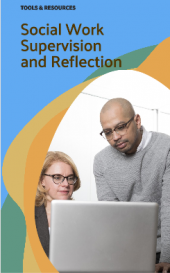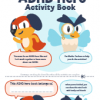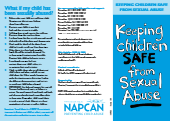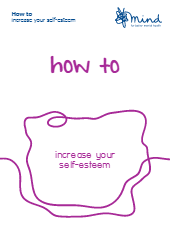
“Domestic Violence: A Self-Help Guide for Victims” is a comprehensive booklet that offers support and guidance to individuals who have experienced domestic abuse. This resource is designed to empower victims by helping them understand the nature of domestic violence and providing strategies to cope with its impact.
The guide begins by defining domestic abuse and emphasising its prevalence across different demographics. It addresses common barriers that victims may face in recognizing and seeking help for the abuse they endure.
Throughout the pages, practical advice is provided on coping mechanisms, self-care practices, and safety planning. The guide acknowledges the emotional and psychological toll of domestic violence, offering insights into how the abuse may affect victims’ thoughts, feelings, and behaviors. It also highlights the importance of building a support network and provides information on available resources and services.
Contents:
Introduction
What is domestic abuse?
Who is this booklet for?
How might it help me?
How common is domestic abuse?
Who is likely to be a victim of domestic abuse?
Why might I find it difficult to believe that what I am experiencing is domestic abuse?
Why don’t people always seek help or support?
What sort of thoughts may stop someone seeking help or leaving?
What do people think about domestic abuse?
Has my own behaviour changed to try and cope with the abuse?
What other problems might I have?
If my partner only does these things occasionally, am I still being abused?
If domestic abuse is affecting me, who can I tell?
What do people who have experienced abuse say they find helpful?
What do people who have experienced abuse say they found unhelpful?
What can I do to deal with the abuse?
How can I keep myself safe?
How can I plan to be safer during a violent incident?
How can I plan to be safer when preparing to leave home?
Do people manage to stop domestic abuse?
Who do I contact if I need help?
Useful organisations
Useful books
References
FREE PDF DOWNLOAD OF DOMESTIC VIOLENCE: A SELF HELP GUIDE FOR VICTIMS








